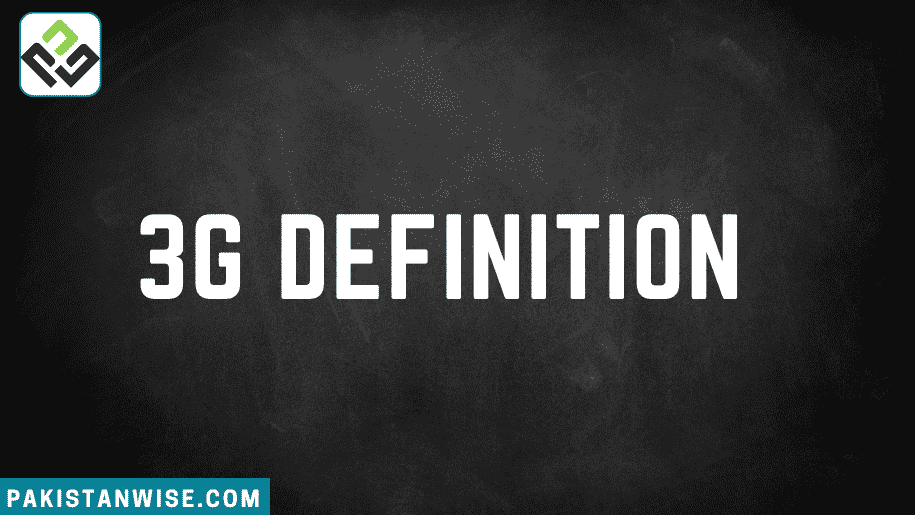Understanding 3G Technology
3G stands for “third generation” and refers to the third iteration of wireless mobile telecommunications technology. It marked a significant upgrade over its predecessors, 2G, 2.5G, GPRS, and 2.75G Enhanced Data Rates for GSM Evolution (EDGE) networks. This upgrade brought about faster data transfer rates and enhanced voice quality, setting a new standard in mobile communication.
3G networks support data transfer speeds of at least 144 kbit/s, with later versions, often termed 3.5G and 3.75G, offering mobile broadband access reaching several Mbit/s. These advancements significantly improved user experiences on smartphones and mobile modems used in laptops.
Key Features of 3G Technology
1. Mobile Broadband Access: It provides broadband access to mobile devices, enabling data speeds that support various applications like video streaming, online gaming, and video conferencing. These speeds are several times faster than those offered by 2G networks.
2. Packet-Switched Data: The 3G standard introduced packet-switched data, which enhanced spectral efficiency and allowed for higher speed data transmission. This improvement was crucial for supporting mobile multimedia applications, making mobile internet browsing and app usage more efficient and reliable.
3. Global Roaming Services: It offers seamless global roaming for both voice and data services, allowing users to stay connected while traveling internationally without significant disruptions.
Impact of 3G on Mobile Communications
The introduction of 3G technology revolutionized the mobile communications market. It played a pivotal role in the proliferation of smartphones and tablets, providing users with a stable and relatively fast mobile connection. This technology enabled consumers to make calls, send texts, and access the internet more efficiently than ever before.
3G’s widespread adoption laid the groundwork for subsequent advancements in mobile technology, eventually leading to the development of 4G and 5G networks. Despite being surpassed by these newer technologies, 3G remains a milestone in the evolution of mobile communications.
How 3G Works
3G signals are transmitted from phone towers to mobile devices. The nearest tower to a device sends the signal, ensuring continuous connectivity as the user moves. This method allows for consistent service quality, supporting a variety of mobile functions.
Conclusion
While 3G technology has been largely replaced by 4G and 5G networks, its introduction was a game-changer in mobile telecommunications. It not only enhanced data speeds and voice quality but also set the stage for the smartphone era, revolutionizing how people connect and communicate globally.
Related Article: 2G Defination

